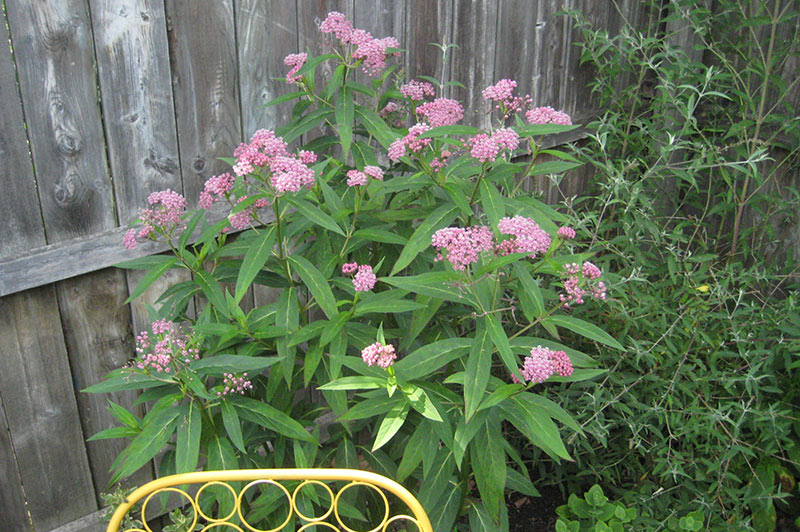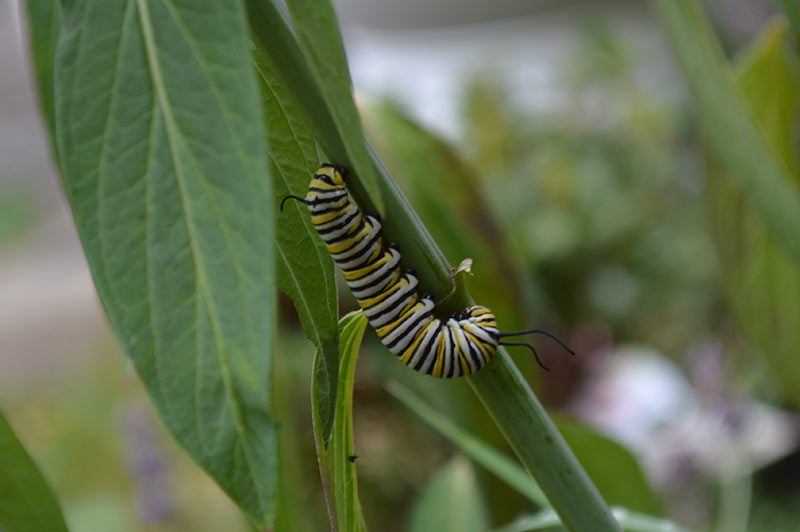Both Memorial Day and Labor Day are usually busy weekends on the Lot. I utilize the 3-day weekend to either get the garden ready for the season or begin to wind things down for the arriving autumn. Today I had a long list of items to begin:
- divide and move the Japanese Forest Grass (Hakonechloa macra)
- move the ‘Burgundy Bunny’ dwarf fountain grass (Pennisetum alopecuroides) since it isn’t receiving enough water
- move the Himalayan Cinquefoil (Potentilla atrosanguinea), ‘Dazzleberry’ sedum, and ‘Dark Reiter’ geranium (Geranium pratense) since they are no longer receiving enough sun
- plant the ‘Advance Blue’ bellflower (Campanula cochleariifolia), leadplant (Amorpha canescens) and 2 unknown red sedum that have been sitting in pots for way too long as a gardener decides where they should be placed
- divide (maybe with a jackhammer?) the Maiden Grass
- research how-to and hopefully divide the Maidenhair Fern (Adiantum)
- mulch newly build beds
However, Nature will do as she wishes. She doesn’t really care if a gardener has a to-do list for the weekend. As I was digging, the rumbling in the already overcast sky began. Within the next several minutes the rain started. I ducked into the garage to see if the storm would blow past. It didn’t.
As I stood in the doorway looking out at the backyard, I was able to notice the sights, smells, and sounds of the garden during the soaking rainfall. It was beautiful and so relaxing. I caught a bit of it to share.

